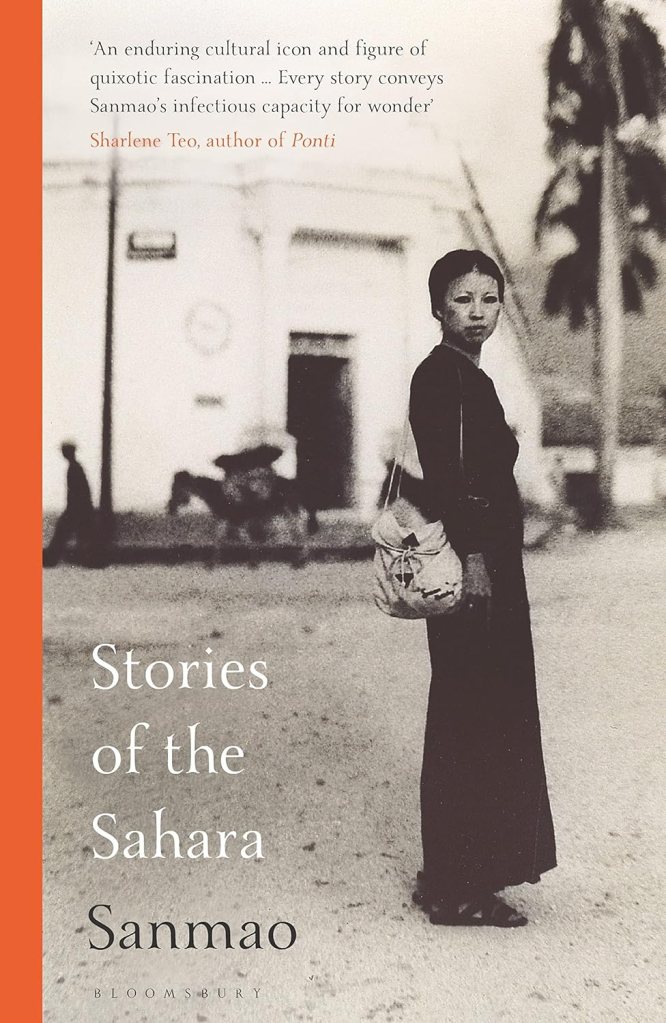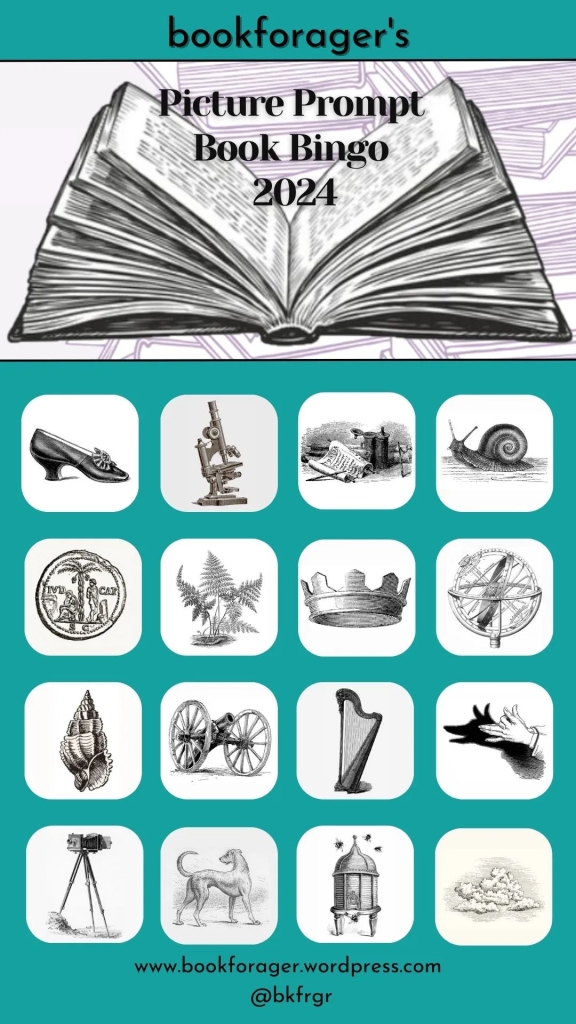The Volcano, Montserrat and me: Twenty Years with an active volcano (Lally Brown)
2015; 278 pages
World tour stop #32

There are no novels by Montserratian authors that I could find, so I included this interesting non-fiction book by a British woman who lived in Montserrat with her husband who was in the British overseas service. The title is a bit misleading: the book does not cover twenty years. It covers mostly the period 1995 to 1998. During that time, a volcano which had been dormant for hundreds of years came to very active life. The book describes life on the island with that reality. How was this not on my radar at that time, or since then?
Blurb: ‘An enchanting slice of Paradise’ is how the travel brochures described Montserrat in 1995. The tiny Caribbean island was advertised as ‘a piece of heaven on earth’. A romantic tourist destination with beautiful tropical scenery and a laid-back lifestyle. A relaxed retreat where visitors were assured of a warm and friendly welcome. Millionaires rubbed shoulders with the locals and pop legends like The Beatles, The Rolling Stones, Sting, Phil Collins, and Elton John came to record their latest albums.
Then, on the morning of Tuesday 18th July 1995, everything changed. After 350 years of dormancy the volcano in the Soufriѐre Hills above the capital of Plymouth stirred awake. On that first day a sulphurous smell filled the air, ashy steam was vented high into the sky and a roaring sound came from the hills. The authorities were caught completely unprepared and struggled to cope with the unfolding crisis. The island went into shock. This was only the beginning. As volcanic activity steadily increased Montserratians were thrown into panic. Half the population were evacuated from the island and the remainder fled in terror to northern Montserrat trying to escape the angry volcano. Life would never be the same again.
This is a personal diary of the first three years of the eruption (1995 to 1998) and concludes with a detailed summary of the years 1999 to 2015. Twenty years later and the Soufriѐre Hills Volcano is still active. The book is a powerful and graphic description of the realities of living with an unpredictable and extremely dangerous volcano, with the added hazard of several hurricanes.
There is tension, tragedy, stress and fear, but there is also much laughter and love.
Each volcanic eruption seems to have been worse than the previous one: each one is described as “the largest / highest / strongest to date.” The descriptions of the ash deposits and their consequences get a bit repetitive after a while… but that was the reality.
It was good to read some positive things about Prince Andrew, who visited the island twice during this period.
I had every sympathy for the decision of the author and her husband to leave the island when they did.






